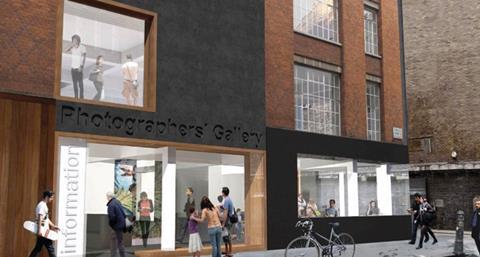Profits at Killby & Gayford plunged 40% last year but Chris Chivers, its chief executive, insisted that the construction market was ŌĆ£finally starting
to turnŌĆØ, writes Michael Glackin

The contractorŌĆÖs pre-tax profit was ┬Ż2.2m in the year to 31 December 2009, a sharp drop from the previous yearŌĆÖs ┬Ż3.6m as the downturn continues to ravage industry earnings.
Against a backdrop of increased competition for fewer contracts, profit margins also took a hammering, falling to 3% last year from more than 4% in 2008.
prices are tough and clients are demanding more. But there is more opportunity now
Chris Chivers, Killby & Gayford
Turnover fell 15% to ┬Ż73.8m from ┬Ż86.8m the previous year. In accounts filed with Companies House, the group also warned that increased competition among contractors was heightening the risk of losing competitive bids, which could lead to a reduction in Killby & GayfordŌĆÖs market share.
But Chivers said he was cautiously optimistic about the future of the market.
He said: ŌĆ£ItŌĆÖs tough in terms of bidding, prices are tough and clients are demanding more. But there is more opportunity out there now. The capital spend for schools is less because of
the cuts to ║├╔½Ž╚╔·TV Schools for the Future, but there is still school work out there, itŌĆÖs just more geared towards refurbishment.
ŌĆ£We were always a tier-two contractor and thatŌĆÖs where more of the spending is going to be based now. The same is true for the NHS as well.ŌĆØ
The accounts, audited by Deloitte, also reveal that the group has cleared all its external debt after it repaid the ┬Ż700,000 balance of an outstanding loan from HBOS, which is now part of Lloyds Banking Group.
The report adds that Killby & Gayford has an overdraft facility of ┬Ż3m, which the group says is adequate for its requirements.
Group debt is now held by Growth Capital Partners, a structured finance group, which Chivers said remained a ŌĆ£medium to long-term investorŌĆØ in the company.
The salary of the highest paid director was slashed by 47% to ┬Ż128,071 last year, compared with ┬Ż243,938 in 2008.




























No comments yet